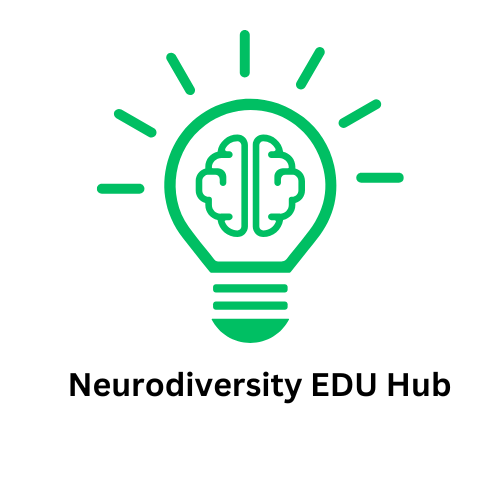
Understanding Social Anxiety in Children
Social anxiety can be a significant barrier to learning, particularly for students with ADHD. While all children experience moments of self-consciousness, social anxiety disorder amplifies these feelings to the point where they interfere with daily functioning and the learning process. For teachers, understanding the nuances of social anxiety is essential in order to provide the necessary support and create an inclusive environment.
Recognizing the Signs and Symptoms
Children with social anxiety may exhibit behaviors that range from withdrawnness during class to aggressive interactions. These signs often stem from fears of social judgment or negative evaluation by peers. Educators may notice that some students avoid group work, exhibit discomfort during peer interactions, or struggle with participation in physical activities. It's essential to realize that these behaviors aren't indicative of laziness or defiance but rather manifestations of genuine anxiety.
The Impact of Social Environment on Learning
Classroom interactions can heighten social anxiety, especially when children feel they are not performing at the same level as their classmates. Factors such as academic pressure or the fear of being judged in social settings, like gym class, can trigger these anxieties. Teachers also play a pivotal role in shaping how children interact socially; thus, their awareness can significantly affect how students cope with social challenges.
Proactive Strategies for Teachers
So how can educators help? Firstly, they can foster a supportive environment by actively listening to students’ concerns. Acknowledging each child's unique perspective can make immense differences. When a teacher assures a child that their feelings are valid and offers gradual exposure to social situations — for instance, through group projects — they not only help mitigate fears but also build resilience.
Additionally, structuring classroom activities to include small group interactions allows students to engage with peers at their own pace. By normalizing difficulties while encouraging participation, teachers can foster a sense of belonging, which is imperative for students struggling with social anxiety.
When to Seek External Support
In cases of severe social anxiety, where internal strategies may not suffice, involving school counselors or mental health professionals becomes crucial. These specialists can provide tailored therapeutic support that empowers children to manage their anxiety more effectively. Schools that prioritize mental health resources not only improve educational outcomes but also enhance the overall well-being of students.
Emotional Insights and Educator Responsibility
For educators, the responsibility to recognize and address social anxiety in the classroom is paramount. Empathy can go a long way; simple actions, like checking in with a student who seems uneasy, can be a game changer. When students feel seen and understood, they are more likely to engage with the learning process.
Nurturing Resilience and Confidence
Helping students build social skills and confidence leads to not only academic success but also personal growth. Teachers have the unique opportunity to cultivate a supportive classroom environment that acknowledges each student's struggle and nurtures resilience. Take the initiative to promote understanding and connection among students, and witness the transformational impact on their educational experience.
Creating a Supportive Classroom Community
When addressing social anxiety, collaboration among teachers, parents, and mental health professionals becomes vital. Use resources available, such as the 'ADDitude website', to access materials and training on social anxiety. This alignment enhances respect and empathy within the classroom, paving the way for varied approaches to learning that consider the needs of all students.
 Add Row
Add Row  Add
Add 




Write A Comment